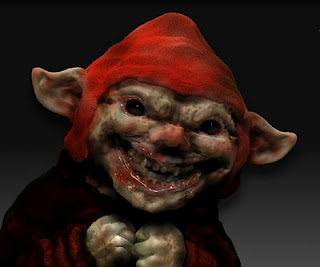Magic Mushrooms and their Place in Ancient Folklore

Our little grey friends are so much more than a tasty ingredient in our dinner, they've been used by witches, shamans and faeries for centuries! Mushrooms are quite literally magic and have been used in rituals and religions the world over. The iconic red and white Fly Agaric has been used by shamans used for astral travel and deep magic rituals for thousands of years. Many ancient cultures ranging from Russia to Latin America magical mushroom rituals believing that mushrooms granted immense power allowing them to travel to the land of gods. Ancient Egyptians believed that mushrooms offered immortality and only royalty were permitted to eat them Mushrooms have long been associated with arcane magic as they are thought to produce faerie rings. In the British Isles when mushrooms appear in a perfect circle they form a faerie ring. This is a portal where faeries come in from their land, the Otherworld. But human are strongly advised not to enter this strange rings l...





